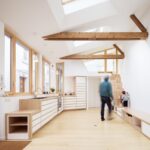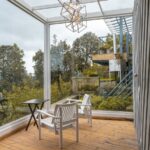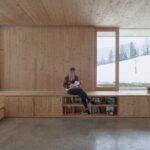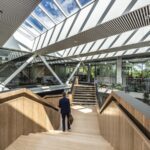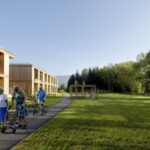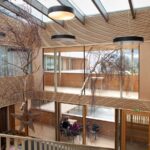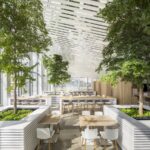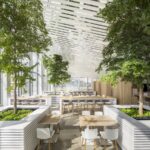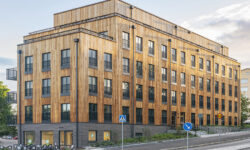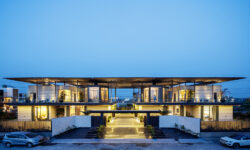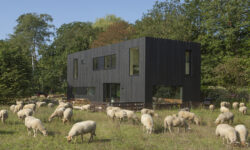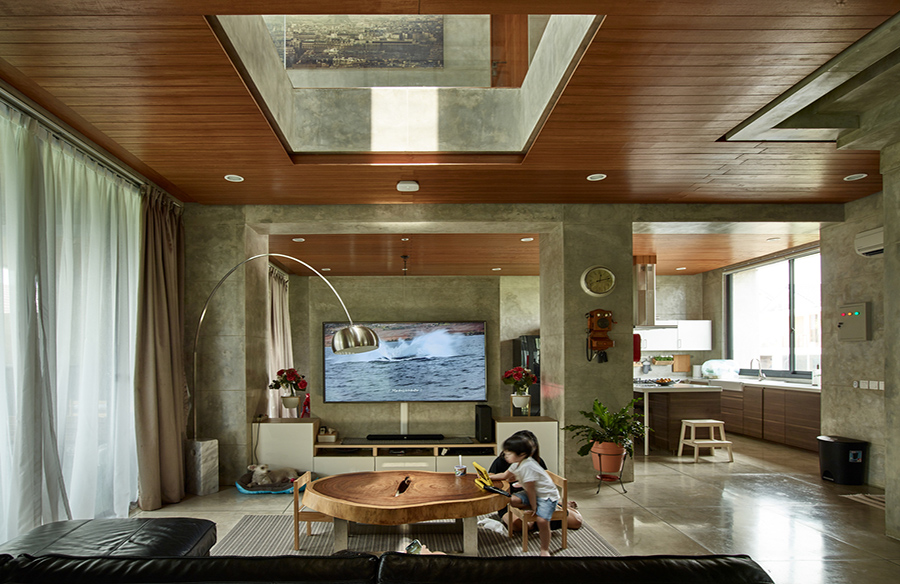
The world’s urban population has seen exponential growth, with projections indicating that over two-thirds of the population will reside in urban areas by 2050. This surge, primarily in Asia and Africa, poses challenges such as resource scarcity and environmental impact. Additionally, the global population is aging rapidly, with predictions suggesting a significant increase in the elderly population by 2050.
Impacts of COVID-19 and Future Trends
The COVID-19 pandemic has disrupted certainties and prompted uncertainties about the future, particularly regarding economic, labor, travel, and migratory patterns. However, trends like urbanization and an aging population remain constant, influencing architectural design. Architects must adapt to meet the needs of an urban, aging population.
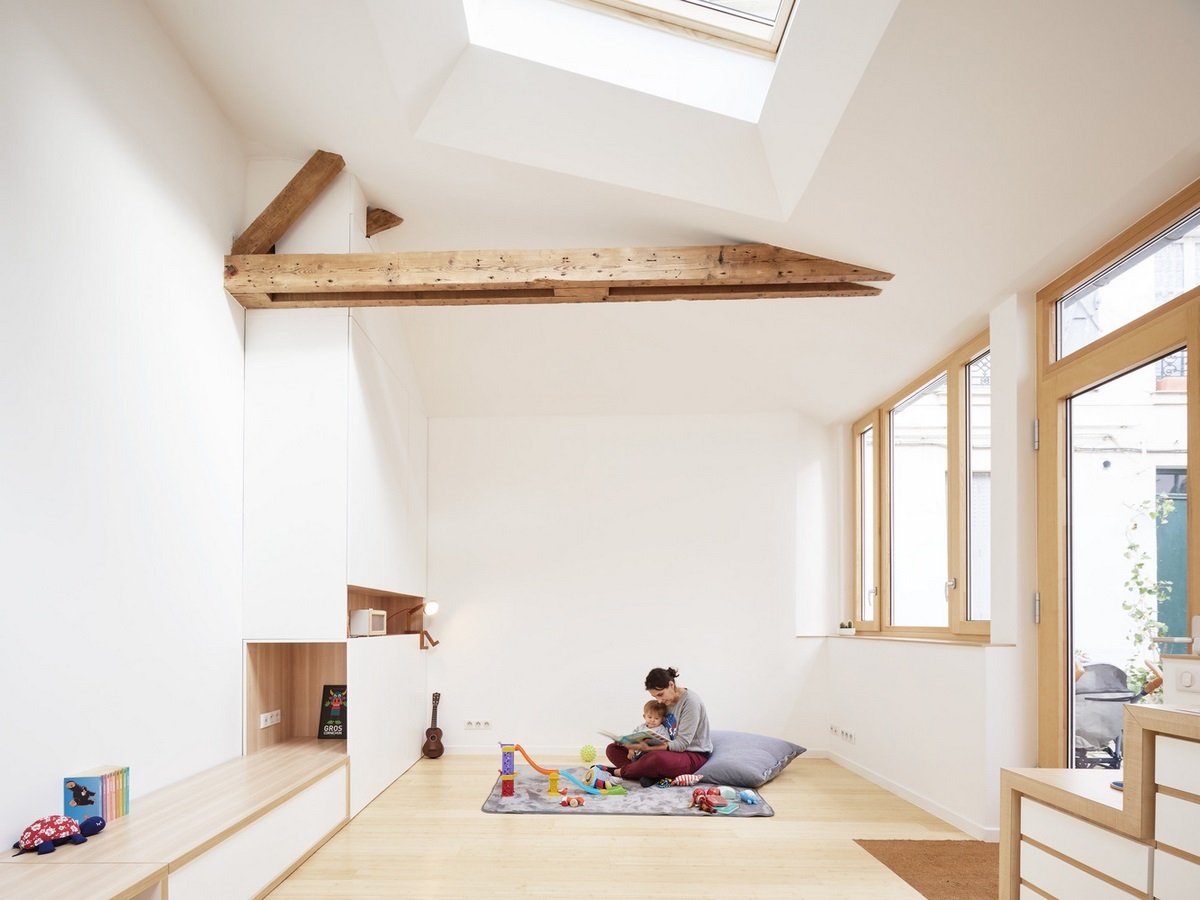
Embracing Resource Efficiency and Connectivity
Architects must utilize resources conscientiously, considering human, natural, financial, and spatial aspects. The internet’s pervasive role in facilitating access to products and services will transform consumption patterns. Ownership is no longer a priority, with shared economy platforms gaining prominence.
Rise of Co-living and Adaptive Housing
Co-living, a concept fostering community living and resource sharing, is gaining traction. Housing designs must accommodate diverse phases of use, adapting to changing needs over time. Modular solutions and flexible layouts are crucial for addressing evolving demands.
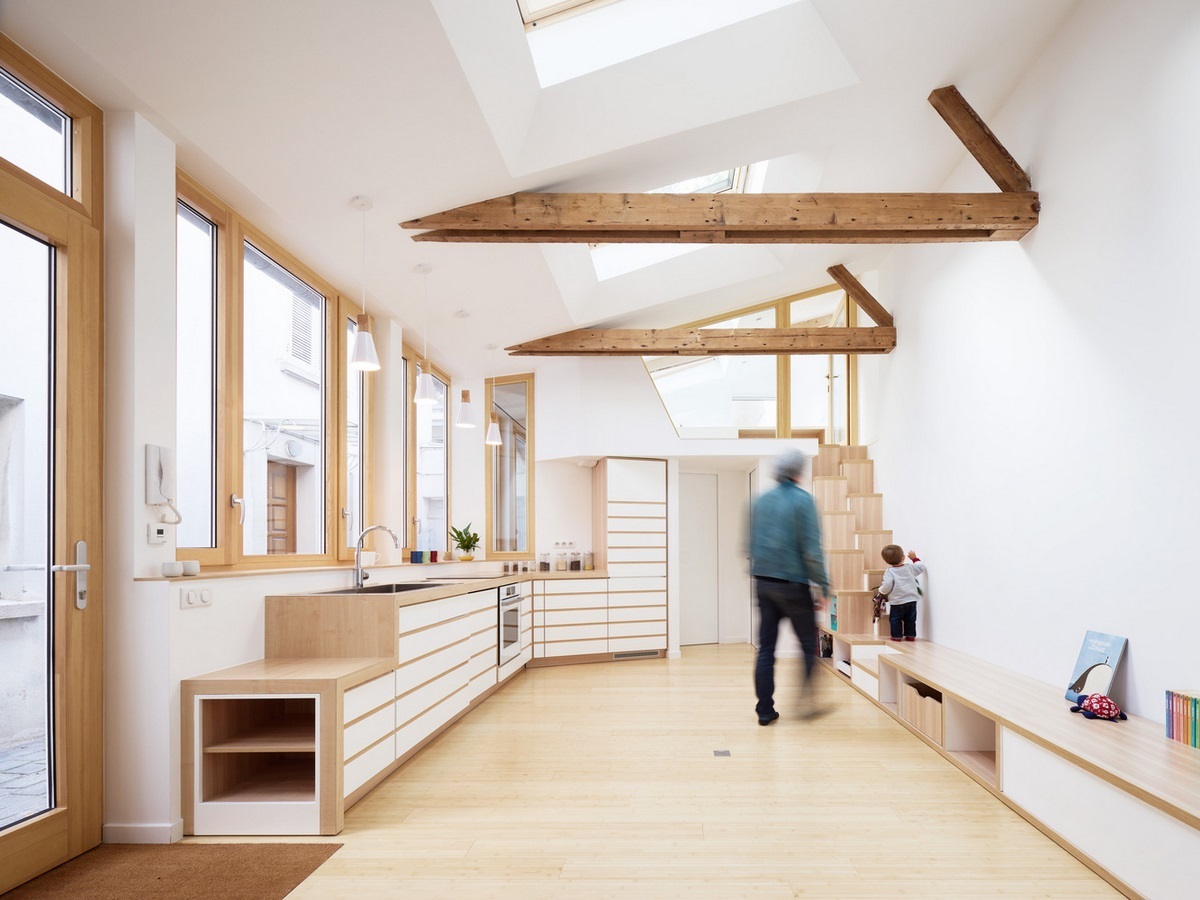
Focus on Harmony, Quality, and Inclusivity
Harmony and quality of life are paramount, especially with the rise of remote work and increased leisure time. Multigenerational living is becoming common, necessitating comfortable environments with adequate privacy. Inclusive design, catering to individuals of all ages and abilities, is essential.
Addressing Health and Safety Concerns
Architects must prioritize health and safety, particularly for elderly occupants. Passive solutions for temperature regulation and indoor air quality improvement are vital. Attention to acoustics, daylight, and accessibility further enhances occupant well-being.
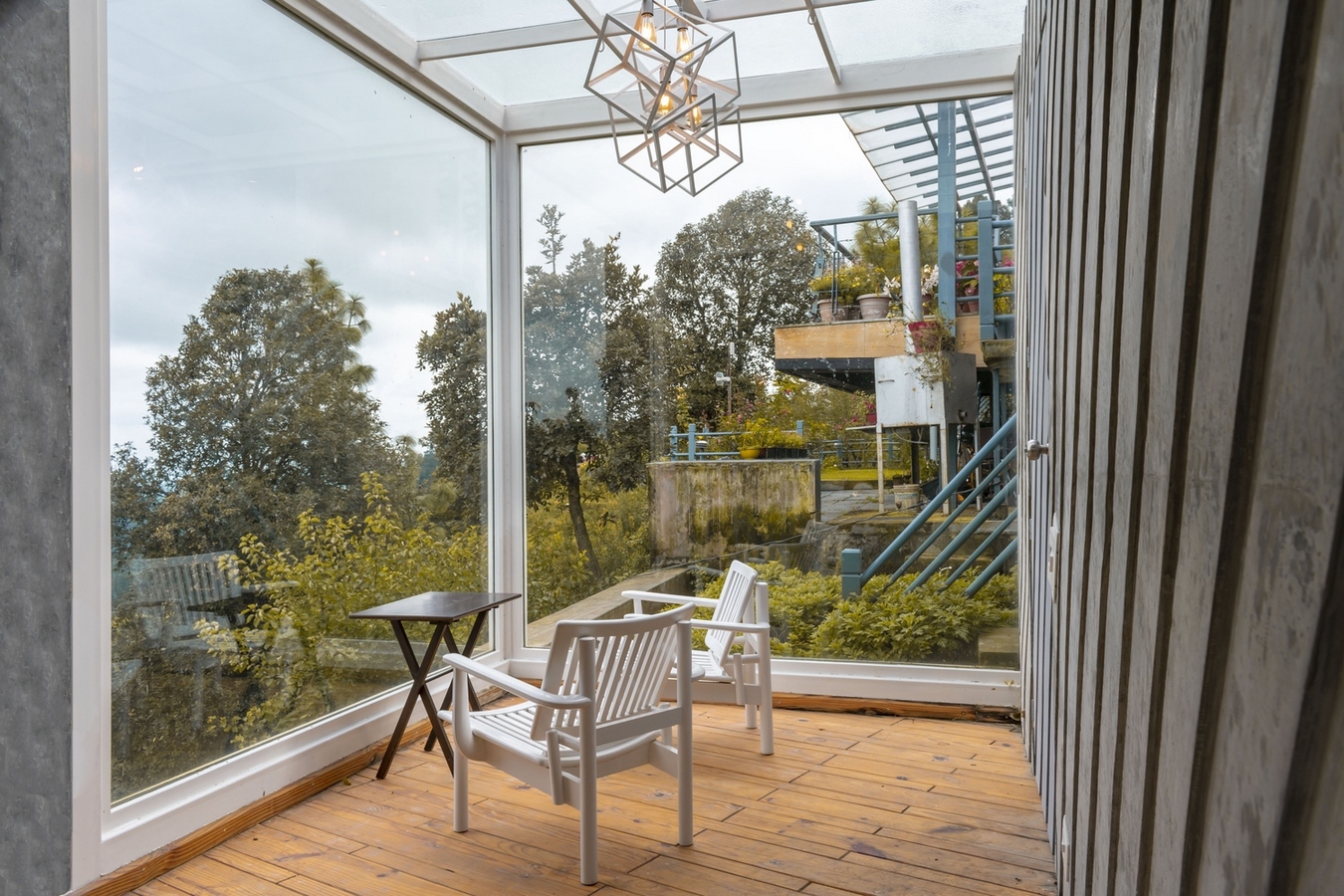
Flexibility and Versatility in Design
Architects must embrace flexibility and versatility, anticipating evolving occupant needs. Designing for unpredictability ensures that buildings serve diverse populations effectively. Innovation in materials and technology facilitates adaptable and inclusive architectural solutions.
- Haus L in Roßleithen_MIA2-ARCHITEKTUR___©_KURT HOERBST 2018
- Interior view of Katsimpiri residence in Panorama Achaea Greece by architect Nikos Mourikis, staircase
- Werknutzungsbewilligung lt. Vereinbarung für Dietger Wissounig Architekten







